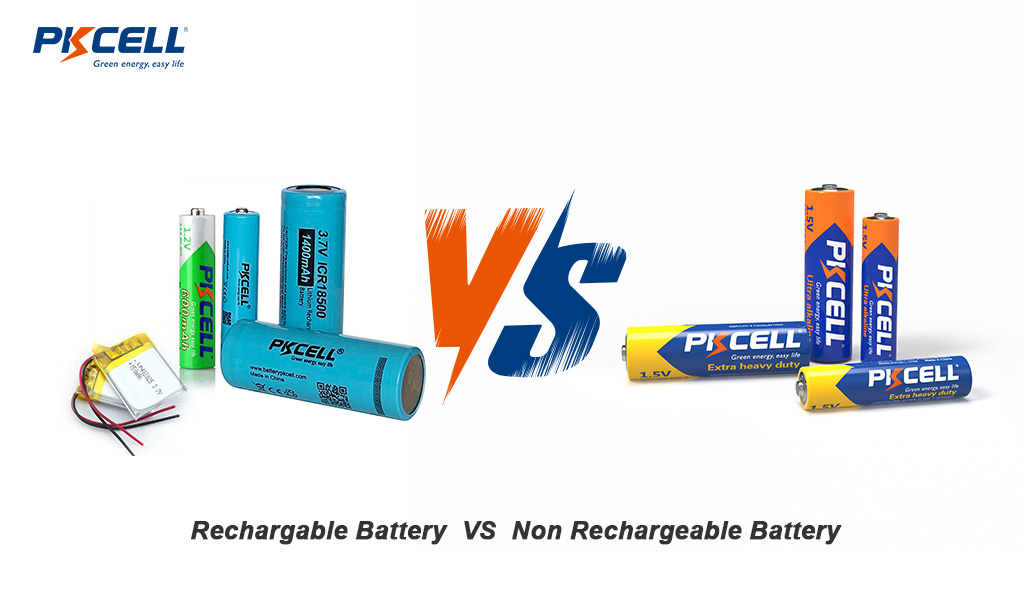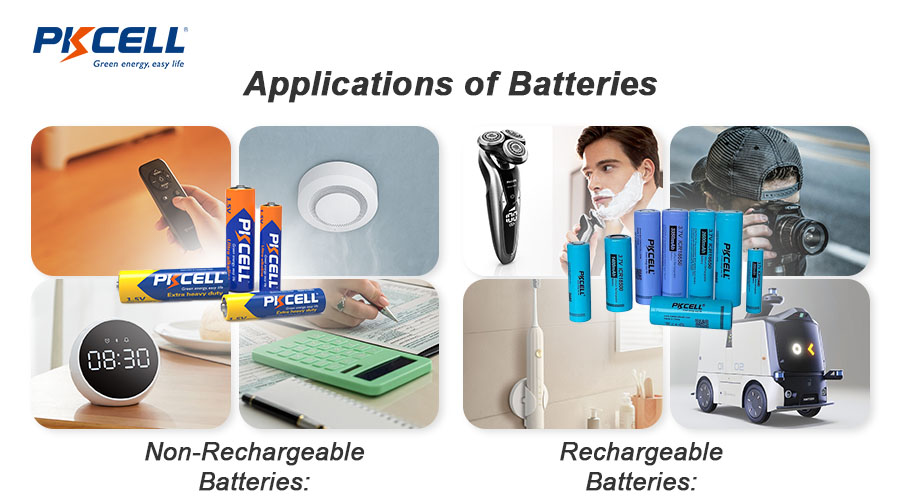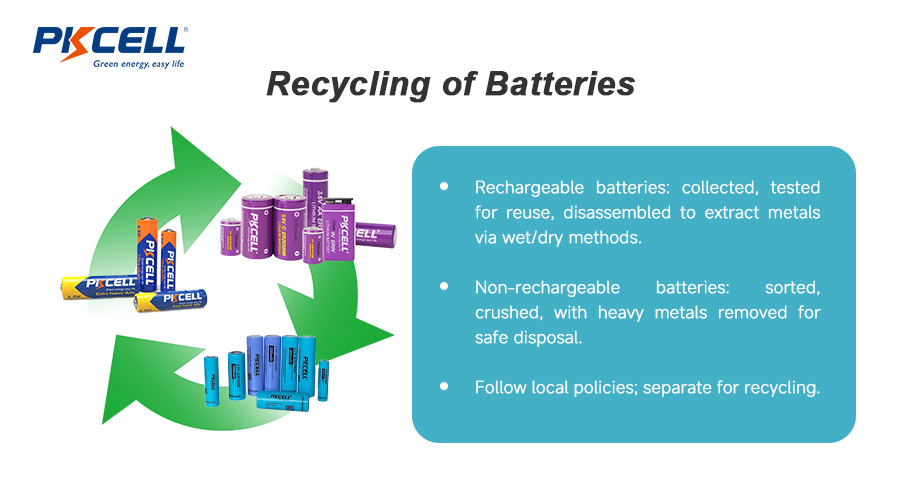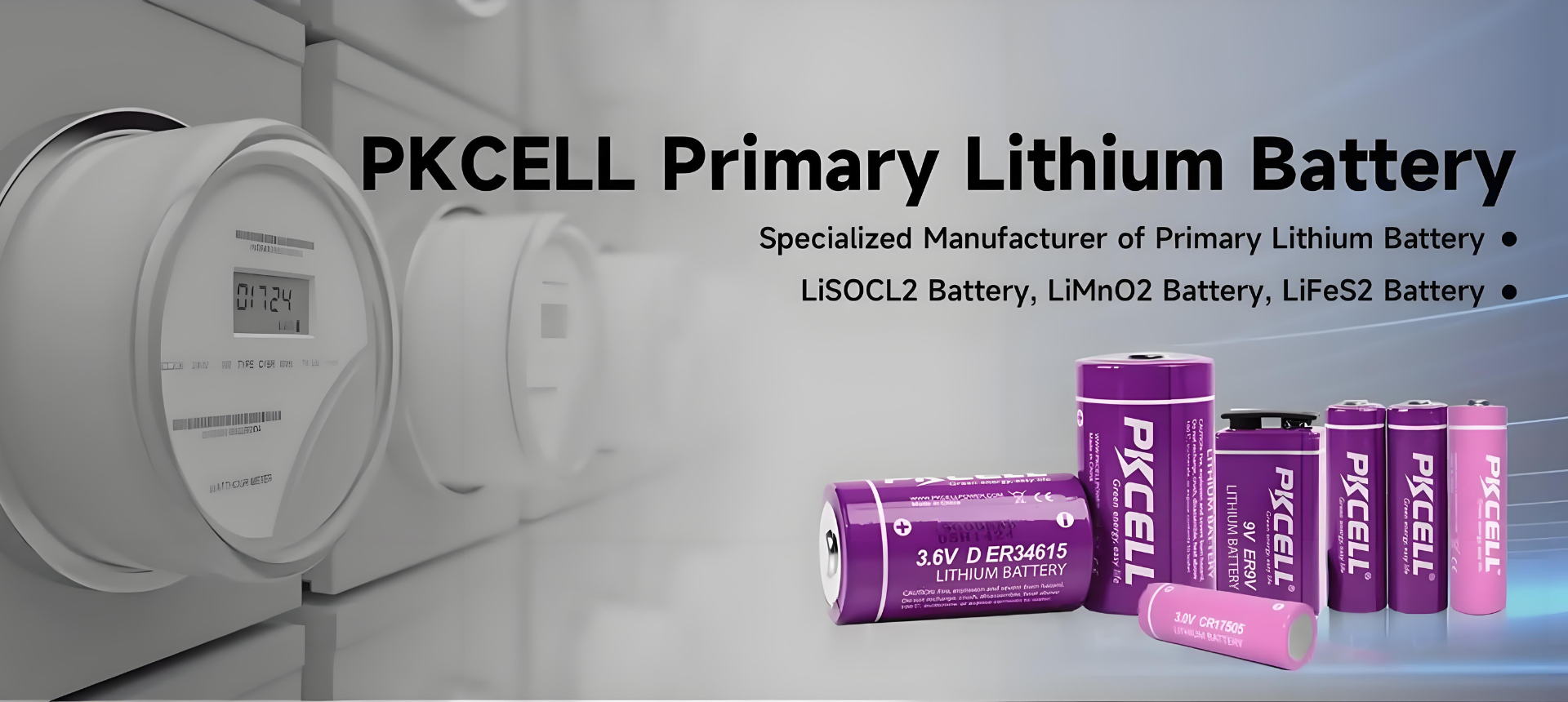 Key Highlights
Key Highlights
- Rechargeable batteries offer cost savings over the long run. They can be recharged hundreds of times, making them ideal for high-consumption devices.
- Non-rechargeable batteries excel in shelf life, performing well in situations requiring a charge over a longer period of time.
- Lithium batteries in both types feature advanced discharge rates and are suitable for extreme temperatures.
Introduction
According to research, the worldwide battery consumption in recent years has been estimated at around 20 to 30 billion batteries per year. And when you need new ones, you have to pick between rechargeable batteries and disposable batteries. Both types work well, but each has its pros and cons. Knowing these differences can help you pick the right battery for your device.
Understanding Rechargeable and Non-Rechargeable Batteries
Rechargeable batteries can be used many times because you can recharge them. Most of the time, these batteries use lithium-ion or nickel-metal hydride inside. They work well for things that use a lot of power. This gives you good efficiency and saves you money as time goes by. But these batteries do not last forever when it comes to recharge cycles. Most of the time, you can recharge them about 500 to 1,000 times. This depends on how you use them and how often you recharge them.
Non-rechargeable batteries, which people also call primary cells, are meant for one-time use only. They usually include alkaline batteries and lithium batteries. They give a steady and long-lasting charge. These types of batteries are good for things that do not use much energy. They also come in handy in an emergency because they have a long shelf life and do not go bad quickly while in storage.
Key Differences in Battery Chemistry
The kind of battery chemistry you have will change how your battery works. It affects things like discharge rate, voltage, and how long the battery lasts. The table below shows differences between rechargeable and non-rechargeable batteries:
| Aspect | Rechargeable Batteries | Non-Rechargeable Batteries |
|---|---|---|
| Chemistry | Lithium-ion, Nickel-Metal Hydride, Nickel-Cadmium, Lithium-Polymer, Lead-Acid | Lithium, Alkaline, Zinc-Carbon, Mercury |
| Voltage Consistency | Stays steady for a long time | Drops a bit as you use it |
| Discharge Rate | Fast in strong devices | Slow, best for things that use little power |
Lithium rechargeable batteries have a good discharge rate, which is great for things that use a lot of energy. Non-rechargeable lithium batteries have a longer shelf life (up to 10-15 years), making them perfect for storage in devices that are infrequently used.
Common Applications for Each Type
Both rechargeable and disposable batteries are best for different situations.
Rechargeable battery applications:
- Remote controls for toy cars and gaming consoles.
- Wireless computer items, like mice and keyboards.
Disposable battery applications:
- Smoke detectors that need to work steadily for many months.
- TV remote controls that people use only now and then.
- Flashlights kept for emergencies because they have a good shelf life.
If you pick the correct type, your devices will work well, and you will also save money. Disposable batteries and rechargeable batteries both have their own good uses, so think about what you need before you choose.
Pros and Cons of Lithium Rechargeable Batteries
Cost Savings and Environmental Impact
Rechargeable batteries help you save money over time because you can use and recharge them many times. You don’t have to buy new ones as often. Even though they may cost double at first, their long lifespan makes the higher price worth it.
There are also big environmental benefits. When you recycle these batteries the right way, it helps keep toxic metals from leaking into the soil. Using rechargeable batteries means there is less need to make new batteries, which cuts down on things like greenhouse gas emissions.
Performance and Maintenance Considerations
To get the best from batteries, it helps to know how to take care of them. These tips can help you with battery care:
- Keep batteries away from extreme heat or cold, since this helps stop leakage.
- Recycle them in the right way, so you do not hurt the environment.
- Make sure to use the right chargers and devices for any rechargeable ones.
If you use batteries the right way, they will work for a longer time. You will also avoid problems like early discharge or leakage.
Pros and Cons of Non-Rechargeable Batteries
Convenience and Shelf Life
Non-rechargeable batteries are easy to use and last a long time on the shelf. You can use them as soon as you take them out of the package. They keep their power for a longer time compared to rechargeable batteries. This makes them the best choice for things like smoke detectors and emergency flashlights.
These batteries are a good choice when you only need power for a short time. You do not have to bother with special tools to use them. This makes them very handy for many people.
Safety and Disposal Factors
Using disposable batteries means you need to follow some safety steps. Here are some important tips:
- Properly dispose of disposable batteries at recycling stations. This helps to keep people and the planet safe.
- Always store primary cell batteries in a cool and dry place. This cuts down any chance of leakage.
This helps you avoid problems, like leakage or throwing them away the wrong way. If the battery leaks, the toxins can get into the soil and water, which is bad for both.
Conclusion: Rechargeable or Non-Rechargeable — Which One Is Right for You?
In the end, you need to pick between rechargeable batteries and non-rechargeable ones based on what you need. Rechargeable batteries can save you money if you use your device a lot, and in the long run, they help the planet. Non-rechargeable batteries are still good because they have a longer shelf life. These are great for times when you do not use the device often or need it in an emergency. Think about what the device needs, how much money you want to spend, and how much you care about the environment before you choose what to buy for your energy needs. If you have other questions, ask us for a free consultation!
Why Choose PKCELL Non-Rechargeable Batteries?
-
Long-lasting Power – PKCELL batteries provide reliable energy for your devices, so you don’t have to worry about changing them often.
-
Wide Range of Sizes – Whether it’s for watches, toys, or remote controls, we have the right size for your needs.
-
High Quality – Our batteries are made with high-quality materials for better performance.
-
Affordable – Get great power at a price that won’t break the bank.
PKCELL gives you the best balance of price, power, and safety!
Frequently Asked Questions
Can I recharge a non-rechargeable battery?
No, non-rechargeable batteries are not made to be recharged. If you try to charge them, you can lower their lifespan. It can also cause leakage or damage to the battery. This happens because they have different voltages and chemistry compared to rechargeable batteries. Always follow the manufacturer’s instructions for your safety.
Why do some devices recommend non rechargeable cells?
Non-rechargeable batteries work well in devices that use a small amount of power over a long period of time. Things like smoke detectors use these batteries because they have a steady discharge rate and a long shelf life. Primary cells can give you reliable performance without needing to swap them out often, so you don’t have to change them as much as rechargeable batteries over a longer period of time.
Why are AA batteries not rechargeable?
AA batteries are made for one-time use unless they say they are rechargeable. Most of them have an alkaline chemistry. This type is not made for recharging and will discharge quickly or even get damaged if you try. The ones that are made to be used again use different chemistry. They often use lithium or nickel-metal hydride, which lets them go through many charging cycles.
What are the main types of non-rechargeable batteries?
The main types of non-rechargeable batteries include alkaline, lithium, and carbon-zinc batteries. Alkaline batteries are widely used in household devices, lithium batteries offer high energy density for electronics, while carbon-zinc batteries are cost-effective for low-drain applications. Each type serves specific needs based on performance and longevity.
Post time: Jun-09-2025








